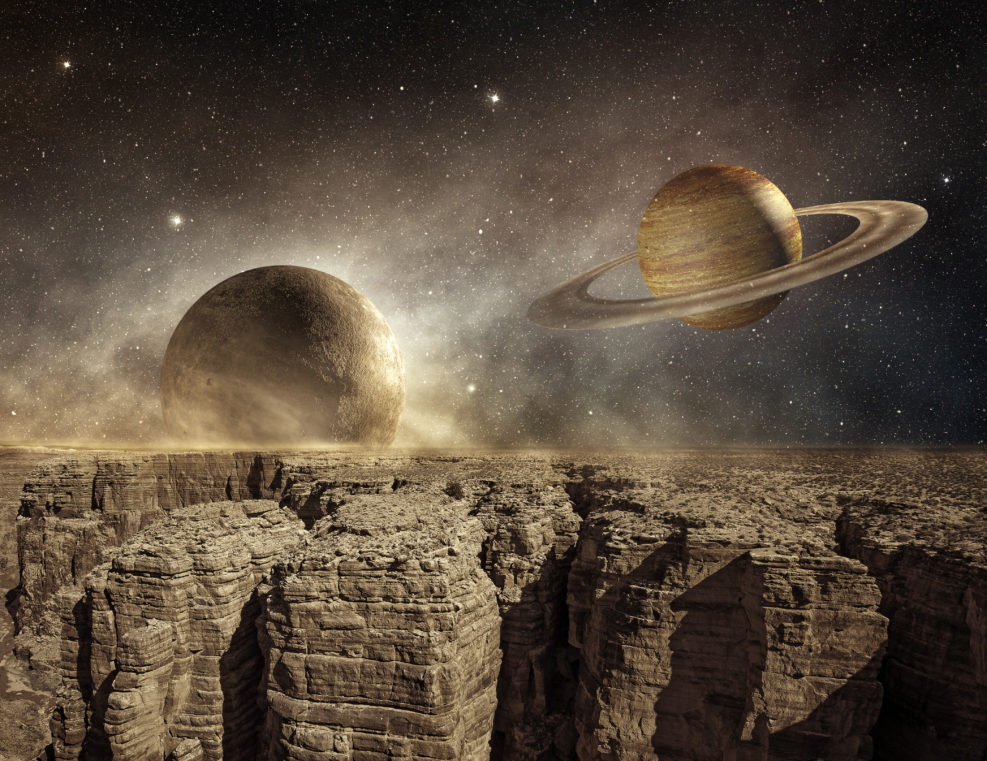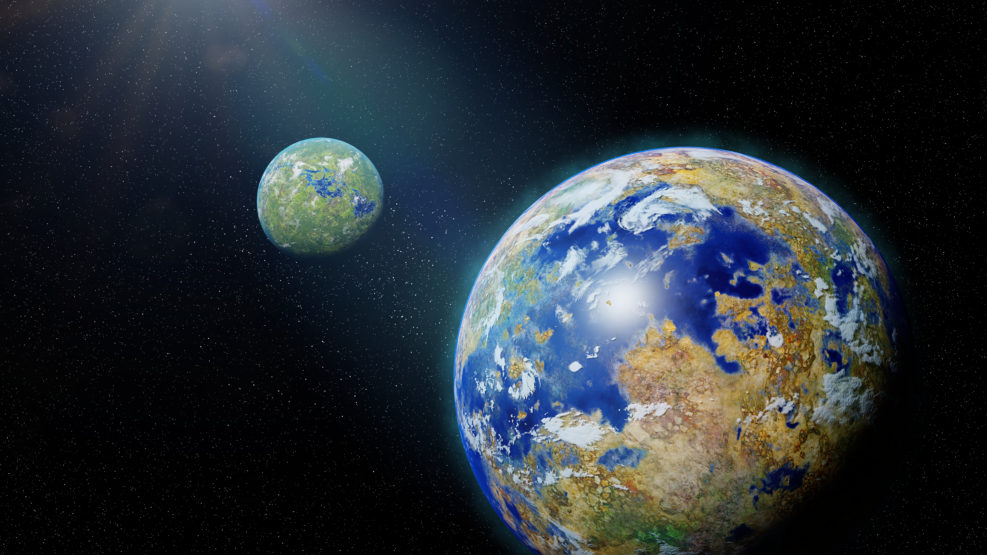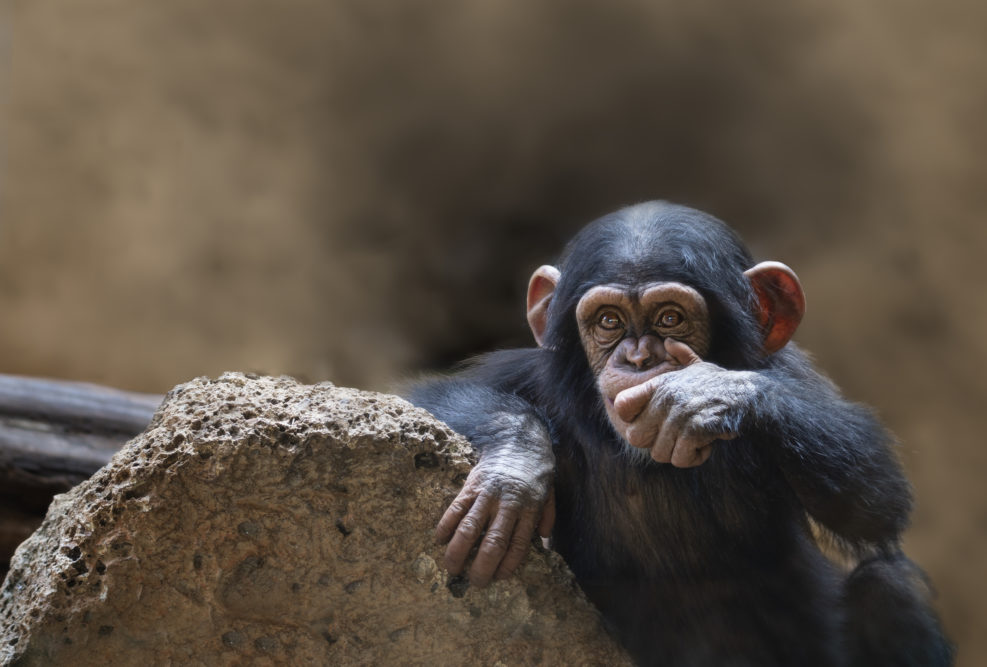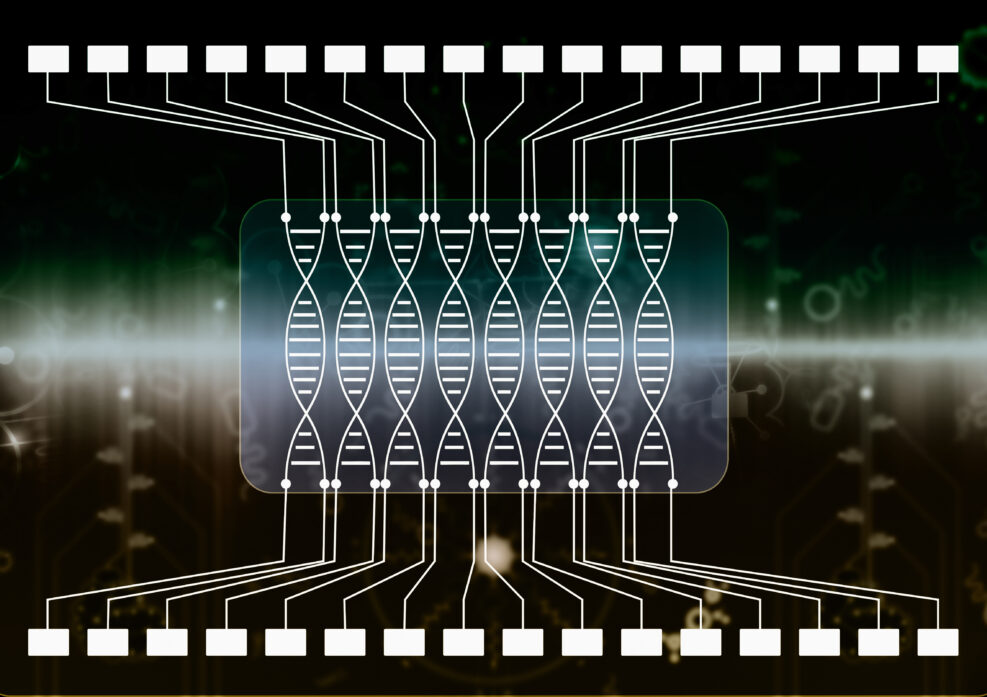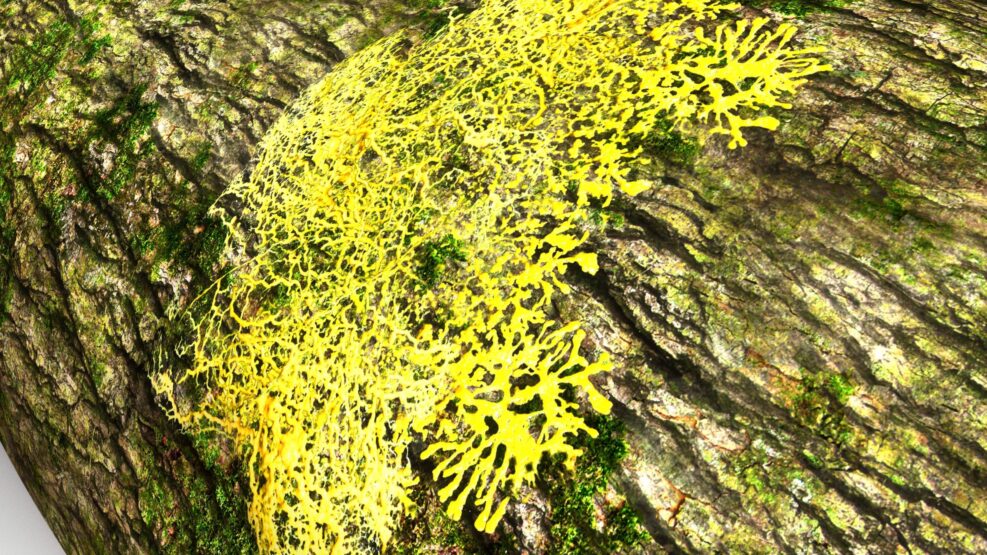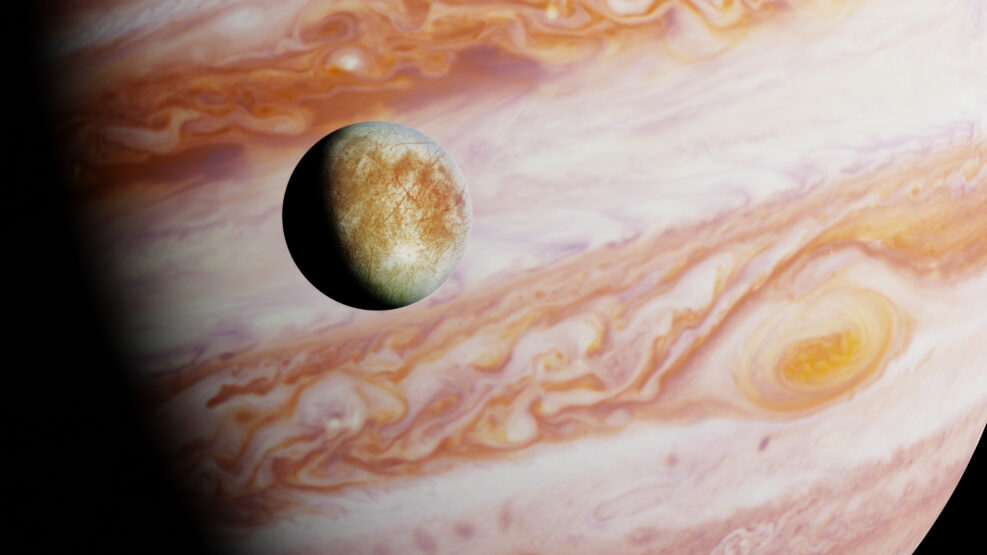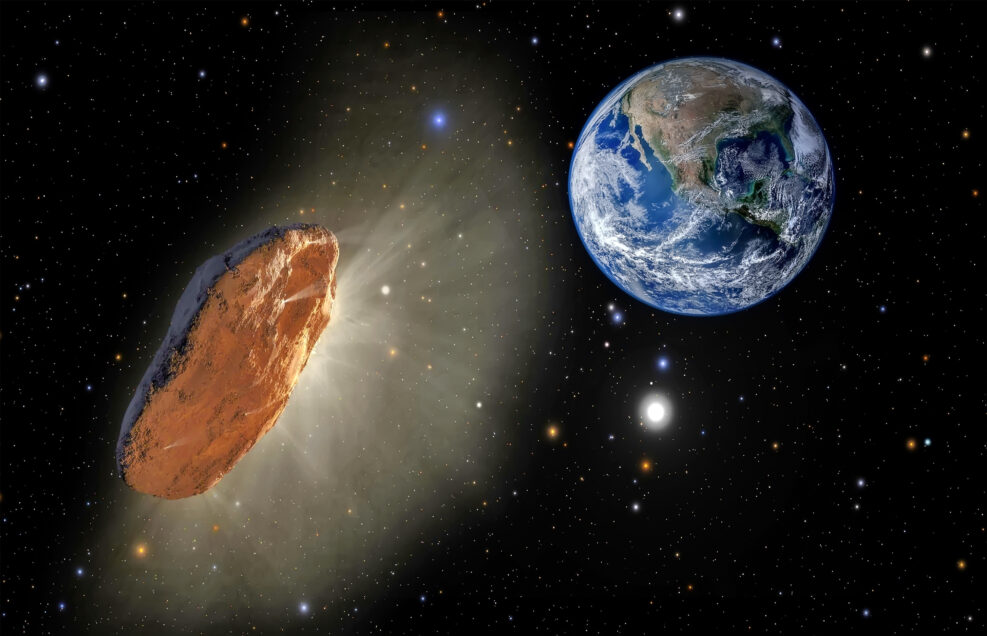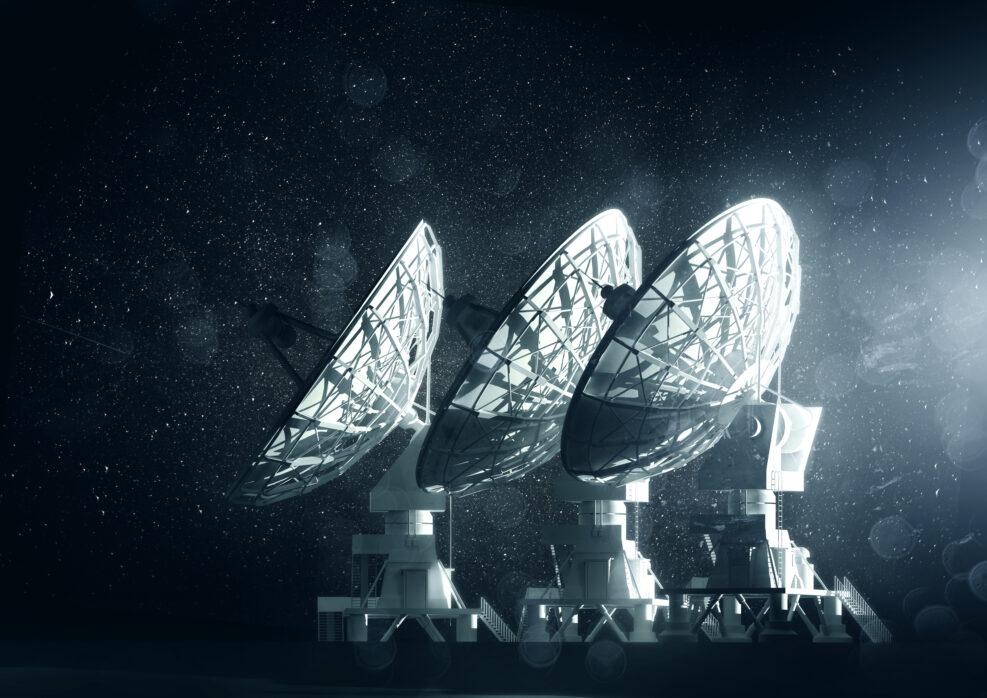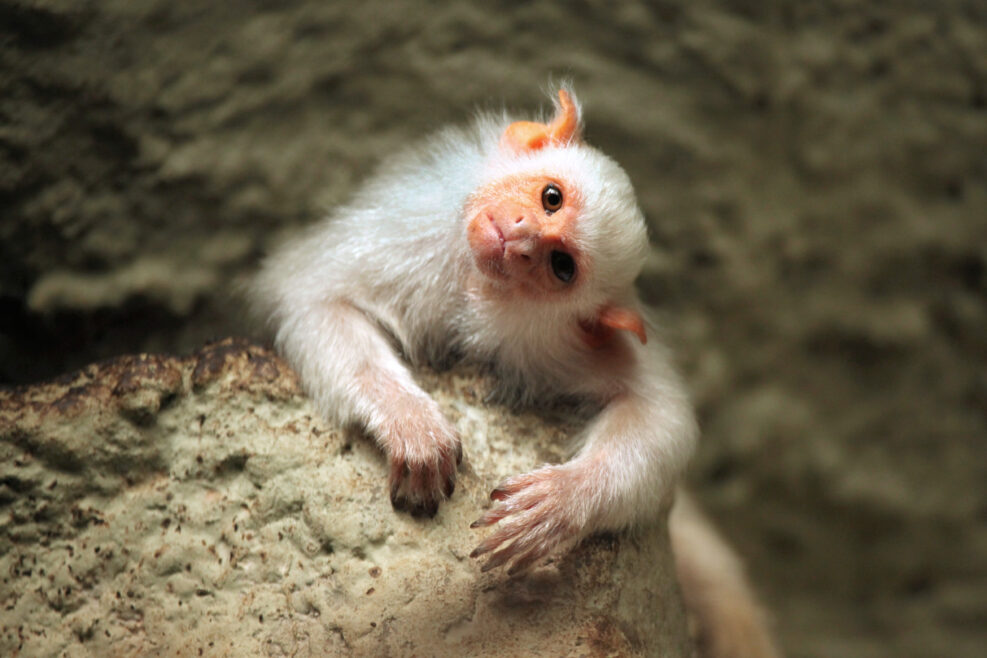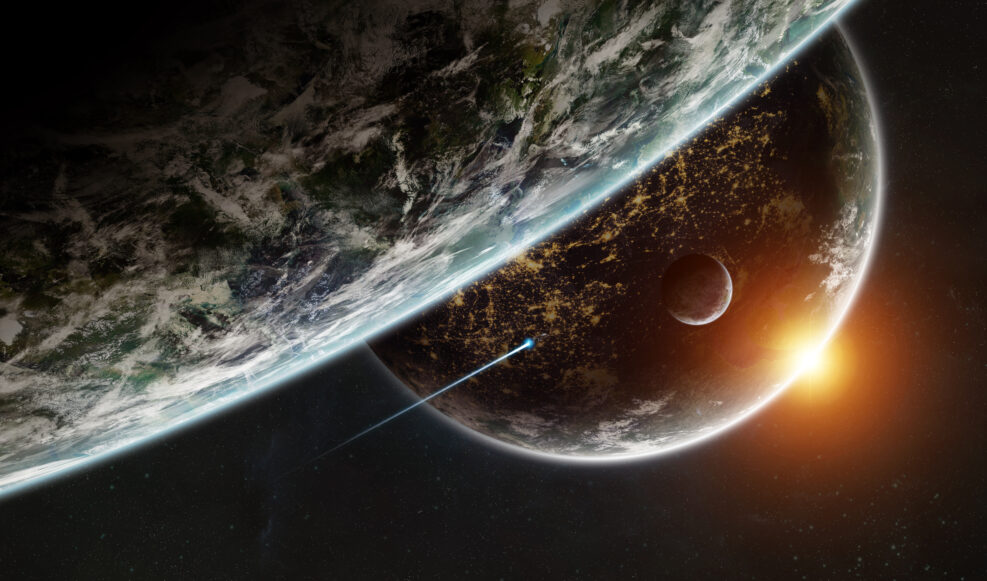
Sci-fi Saturday: When Terraforming Mars Means Mars-forming People
In this award-winner, the underground humans must, according to the terraforming colony's rules, deny emotion, which pretty much guarantees a story“New Mars” at DUST by Susie Jones (March 30, 2021, 19:14 min) Earth is no more. A new generation lives underground on Mars preparing to begin a new life as the colonists of a planet which is being terraformed into a new habitable world. ‘New Mars’ is a society driven by science and logic to ensure humans will not make the same destructive decisions this time round. But two young hopefuls struggle with the intensity of their feelings – which inadvertently propels them towards an unexpected truth about their existence. (IMDB) “New Mars” premiered in 2019 and has won a number of awards. It conveys the claustrophobia of an underground world where death rules the planet’s surface. Life on a Read More ›

